I had just eased myself into the hot tub at the Venetian, after helping set up two conference rooms for the Adobe MAX education events, EDUMAX and Educators' Day, when my cell phone buzzed.
It was my friend, Andrew McAllister, asking if anyone wanted to drive into the desert with him to take pictures. As enjoyable as the hot tub was, I knew I would not have a lot of opportunity to take my kind of photos while at Adobe MAX. Most of my photography at MAX would be focused on event coverage, more than anything else.
Besides, I'd never been to a desert, much less photographed one. And even though I had limited time available, both Andrew and I thought we had enough time to do something.
I texted back, "Give me 20 minutes to change and grab my gear."
Andrew was already parked in the parking garage, attached to the Venetian.
It took about 45 minutes to get to Red Rock Canyon. We calculated that we had maybe 90 minutes on site before we had to drive back so I could make it to another meeting.
It was a very productive 90 minutes. Red Rock Canyon gets its name honestly, and the views, even from the roadside, are stunning. We had gorgeous weather for shooting, from lighting conditions, to the wispy streams of clouds in a deep blue sky.
Shot with my iPhone, this image gives you a sense of the natural majesty that is Red Rock Canyon
Something I am terrible at, is remembering to do selfies - or even photograph the people with me - when I'm on a landscape shoot. Most of the time, if people are in my shots, it's either because they simply wouldn't leave the frame and I ran out of patience, or I wanted to show scale in the photograph. Scale was important in this series.
Thankfully, Andrew was at the ready, and got a couple great shots of us and a few decent ones of me - in my natural attire, no less.
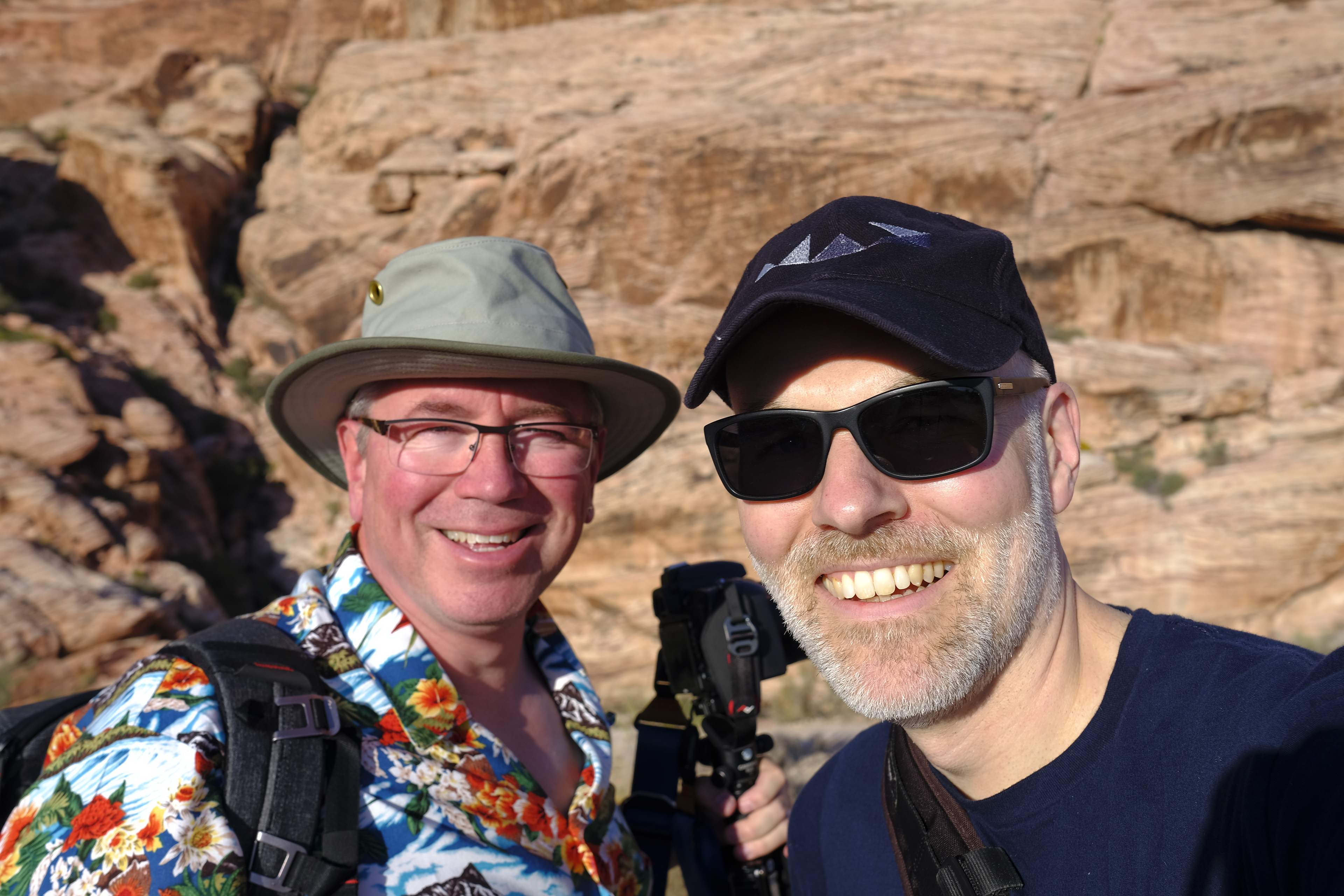


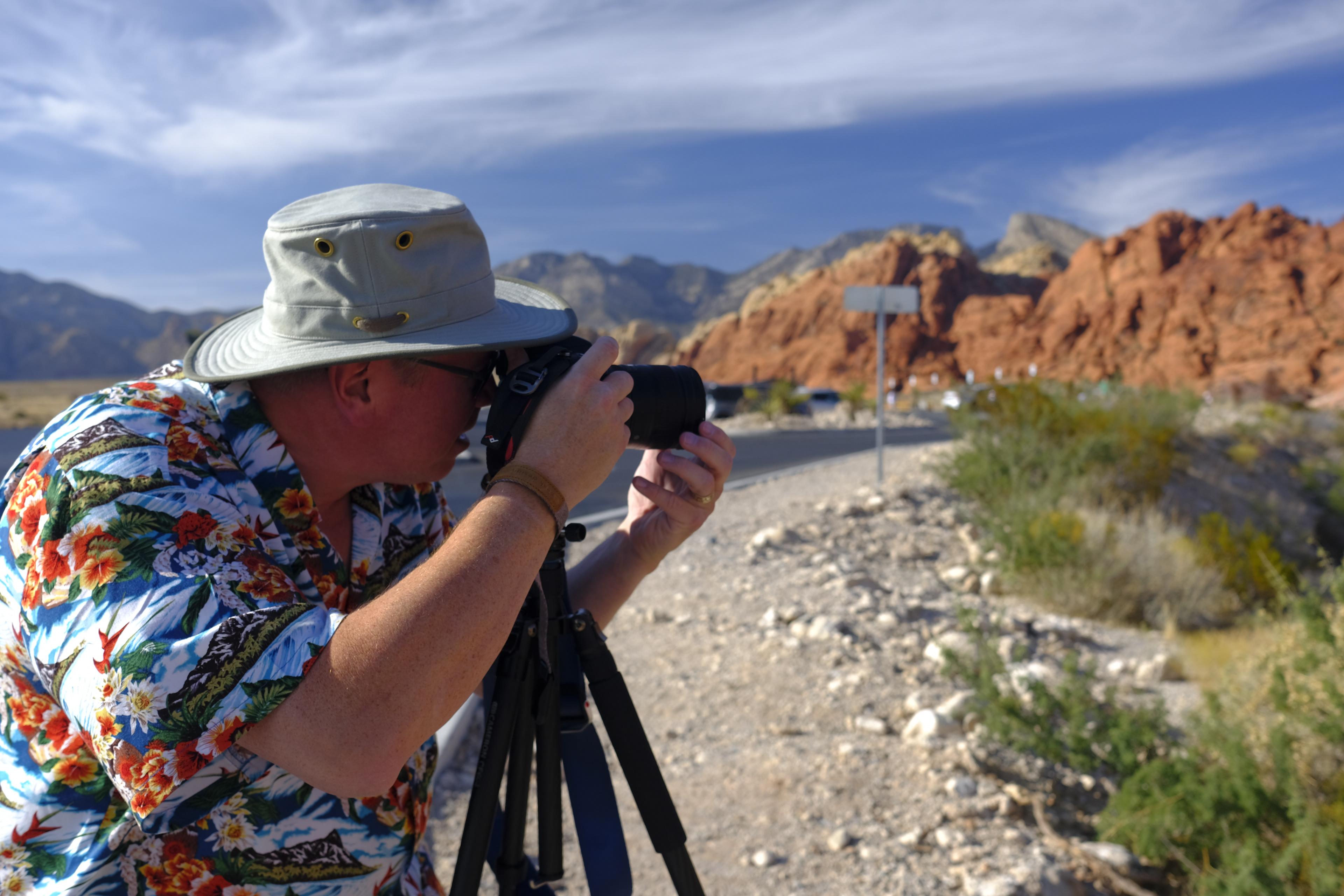
The Canyon

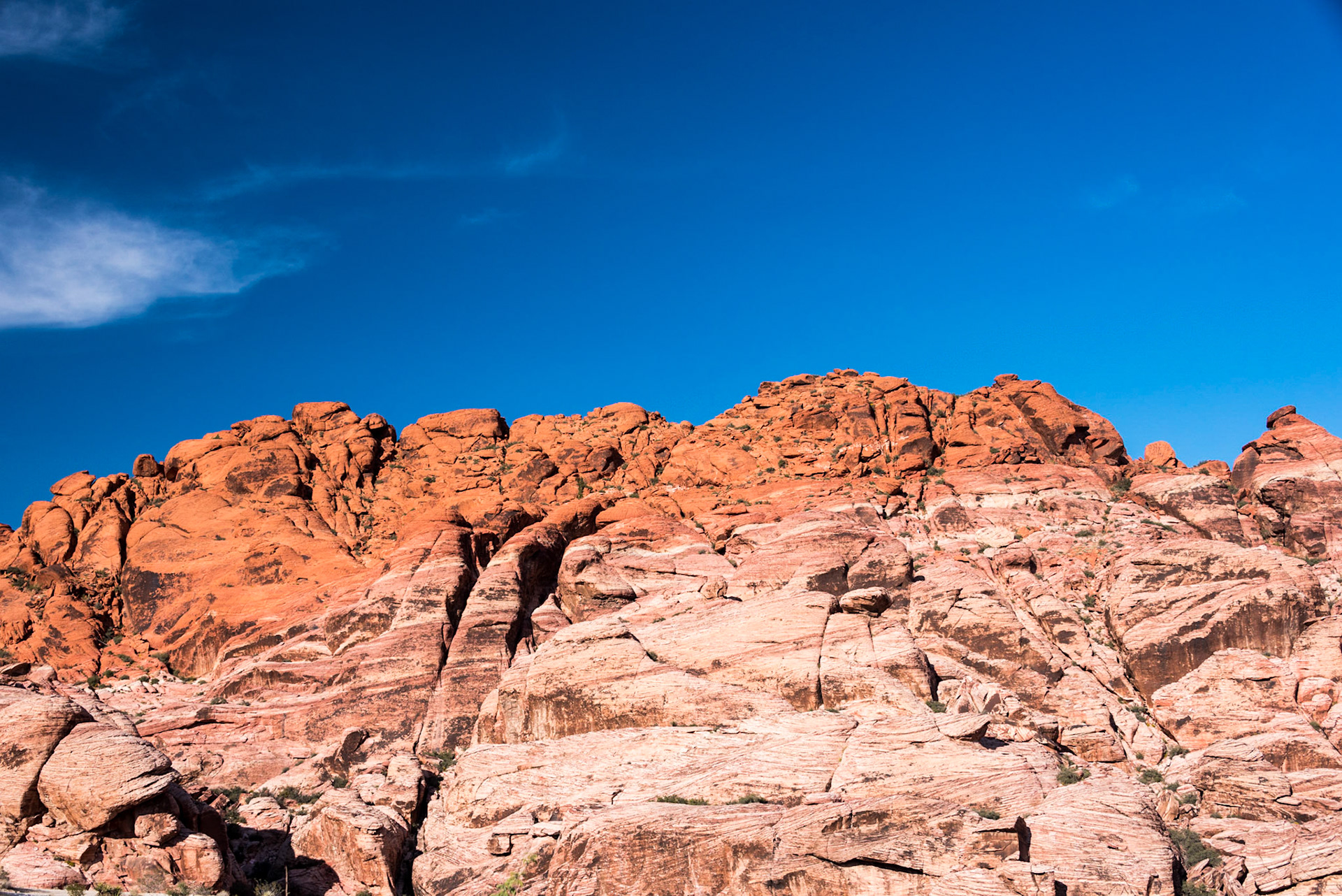
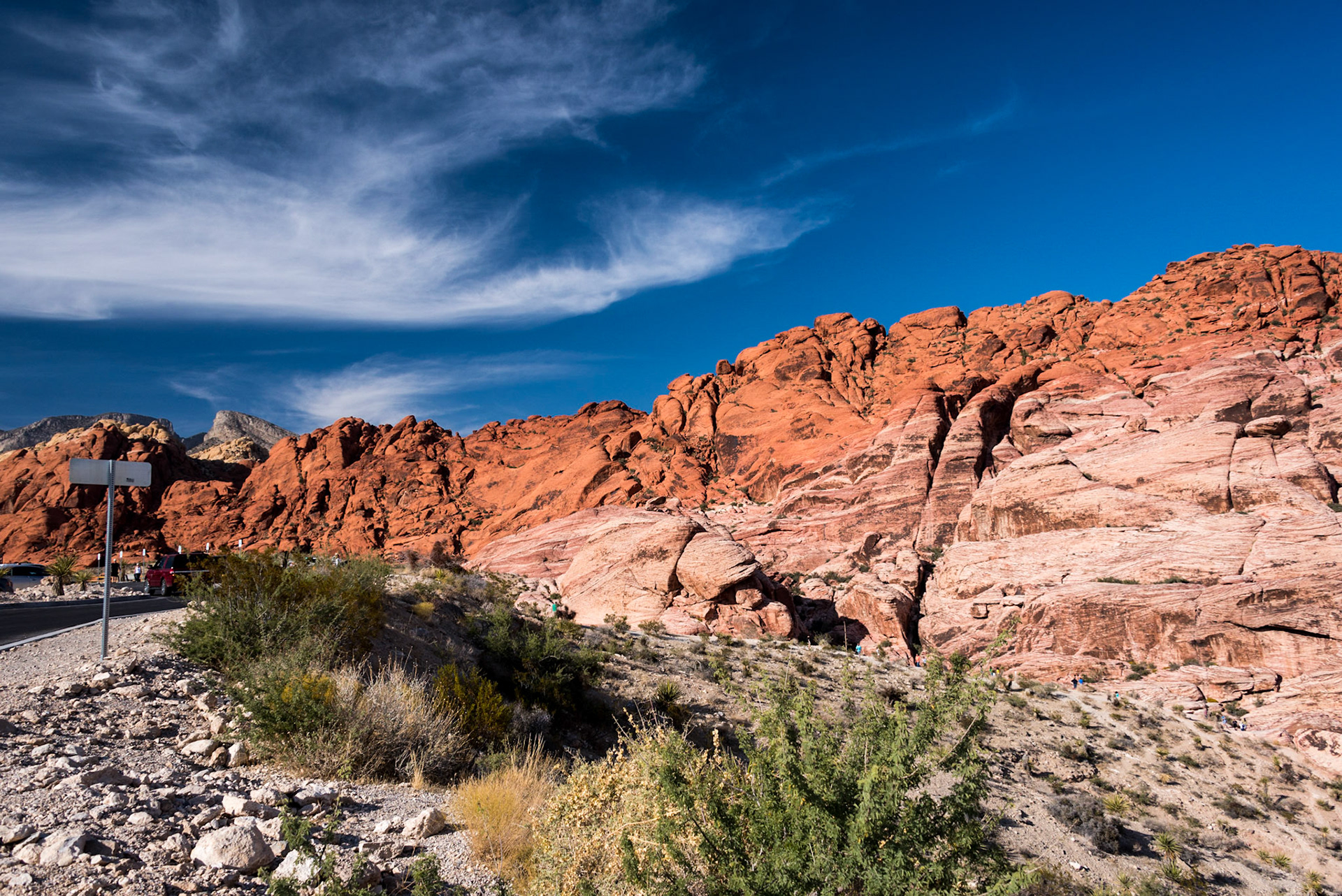
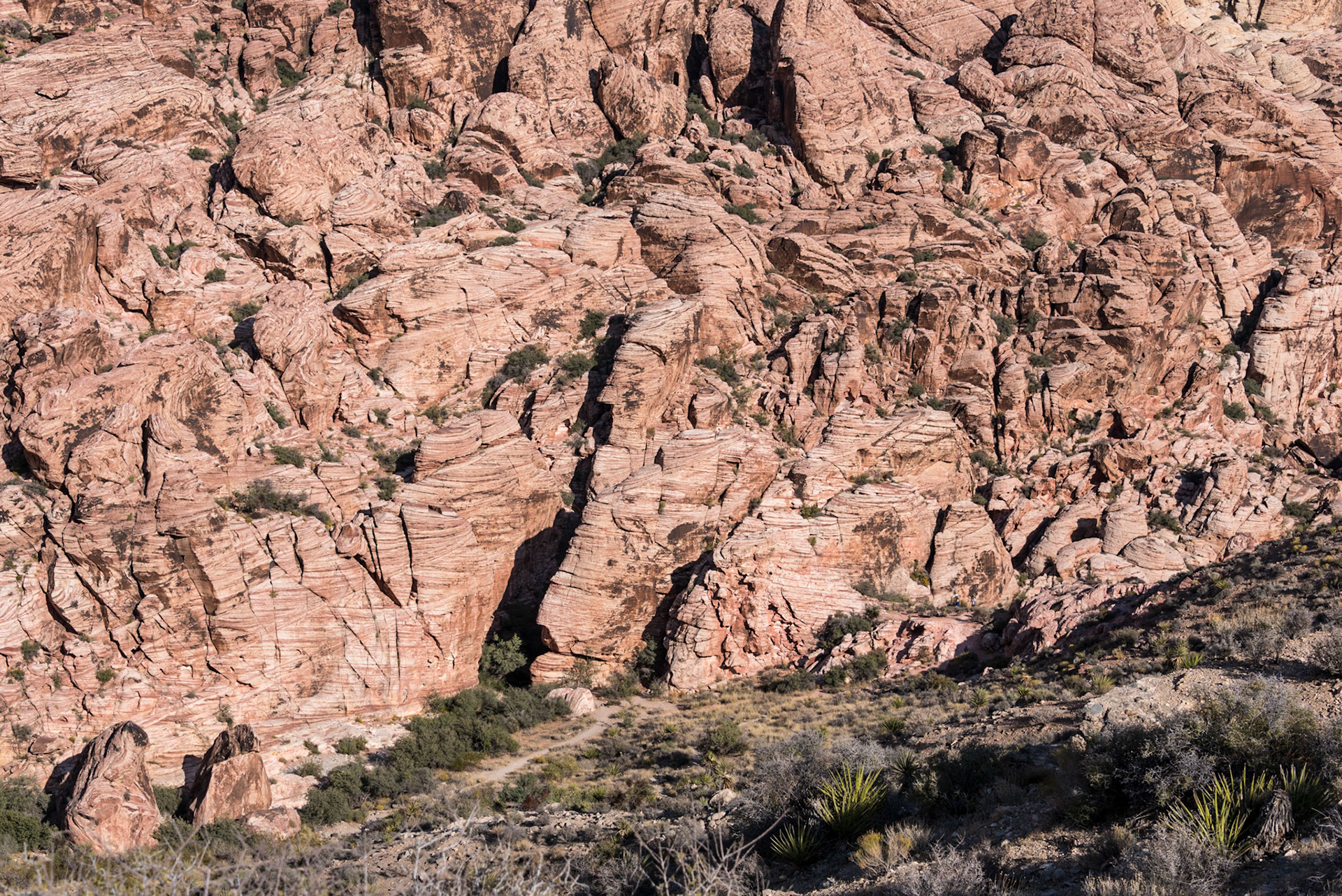
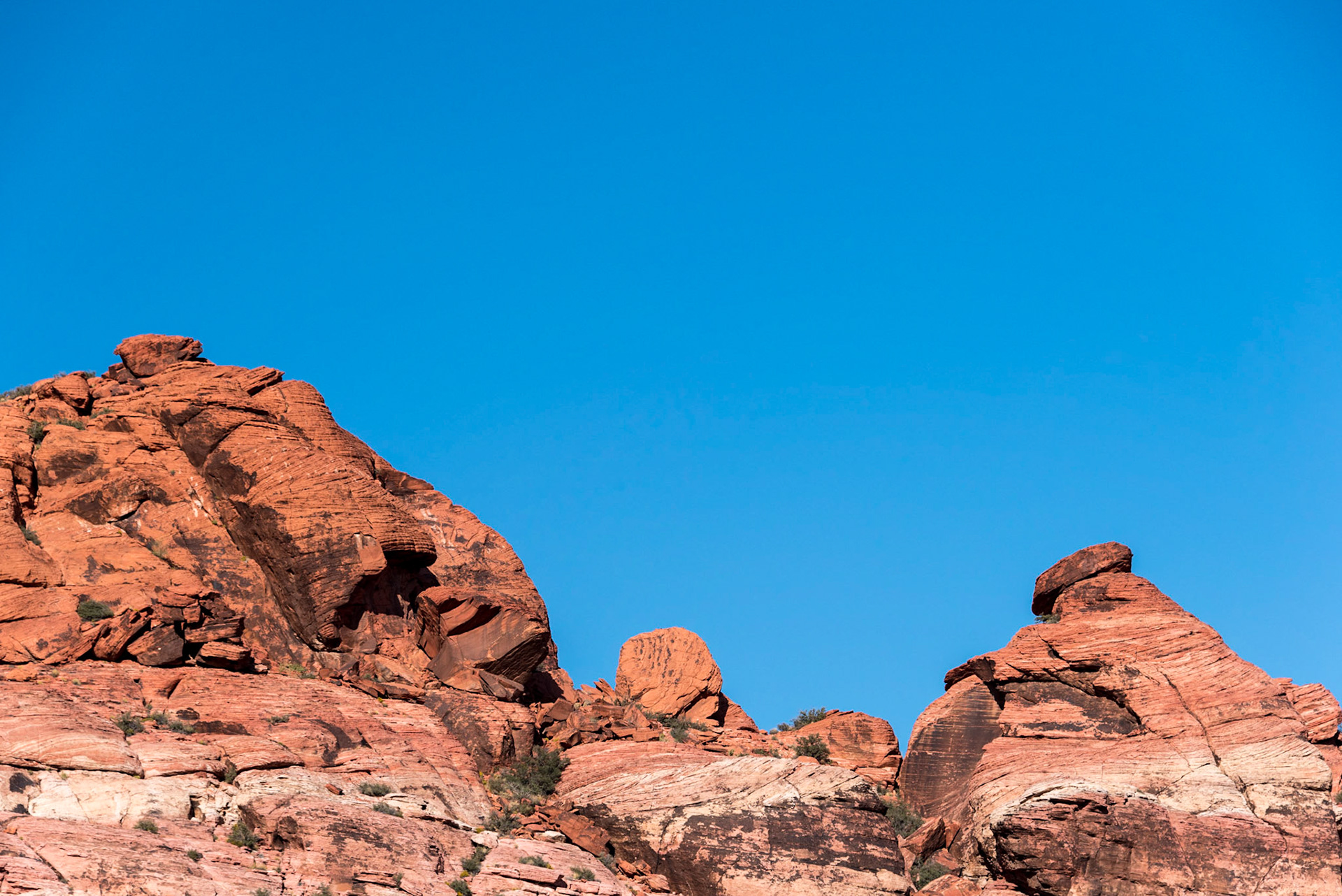
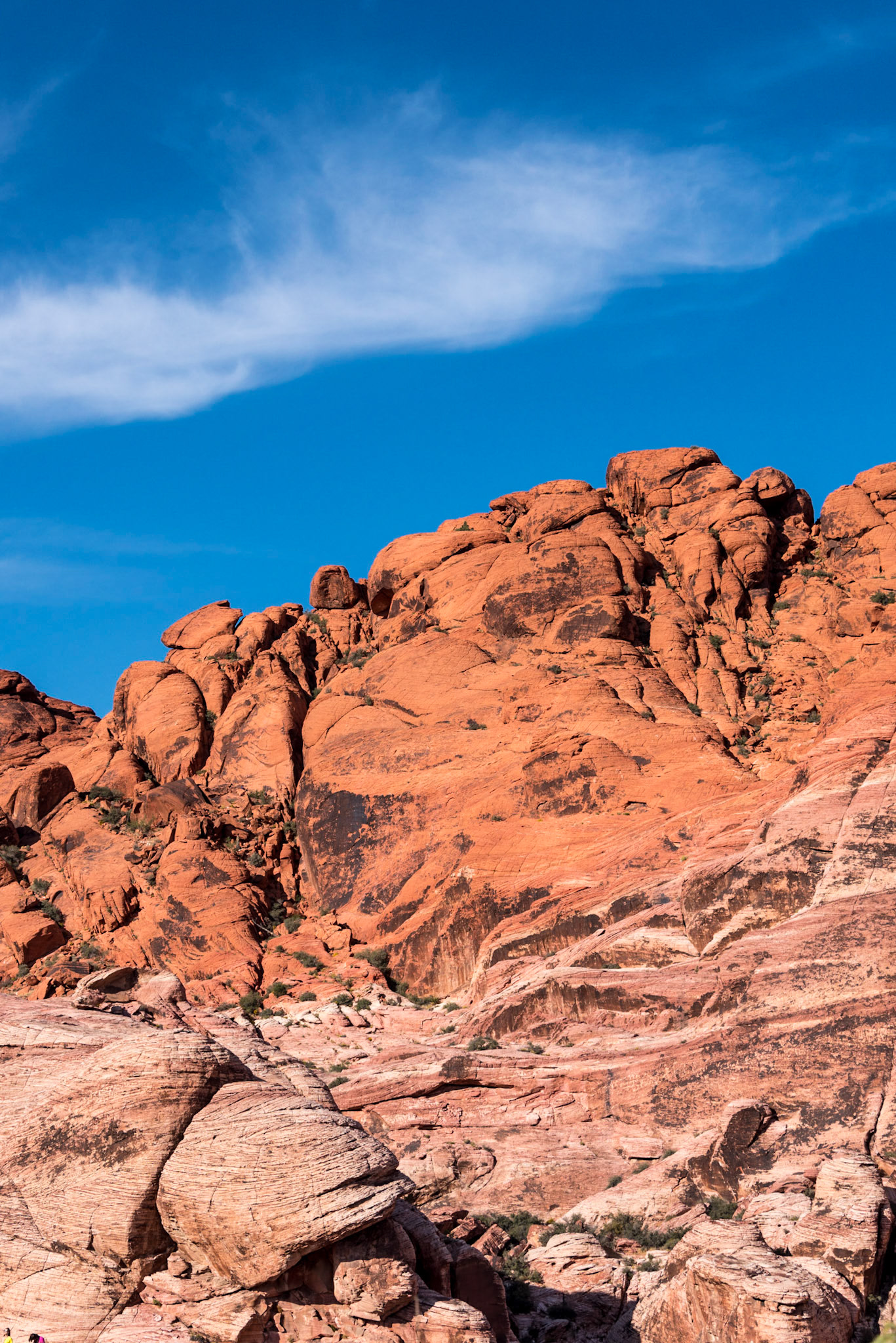
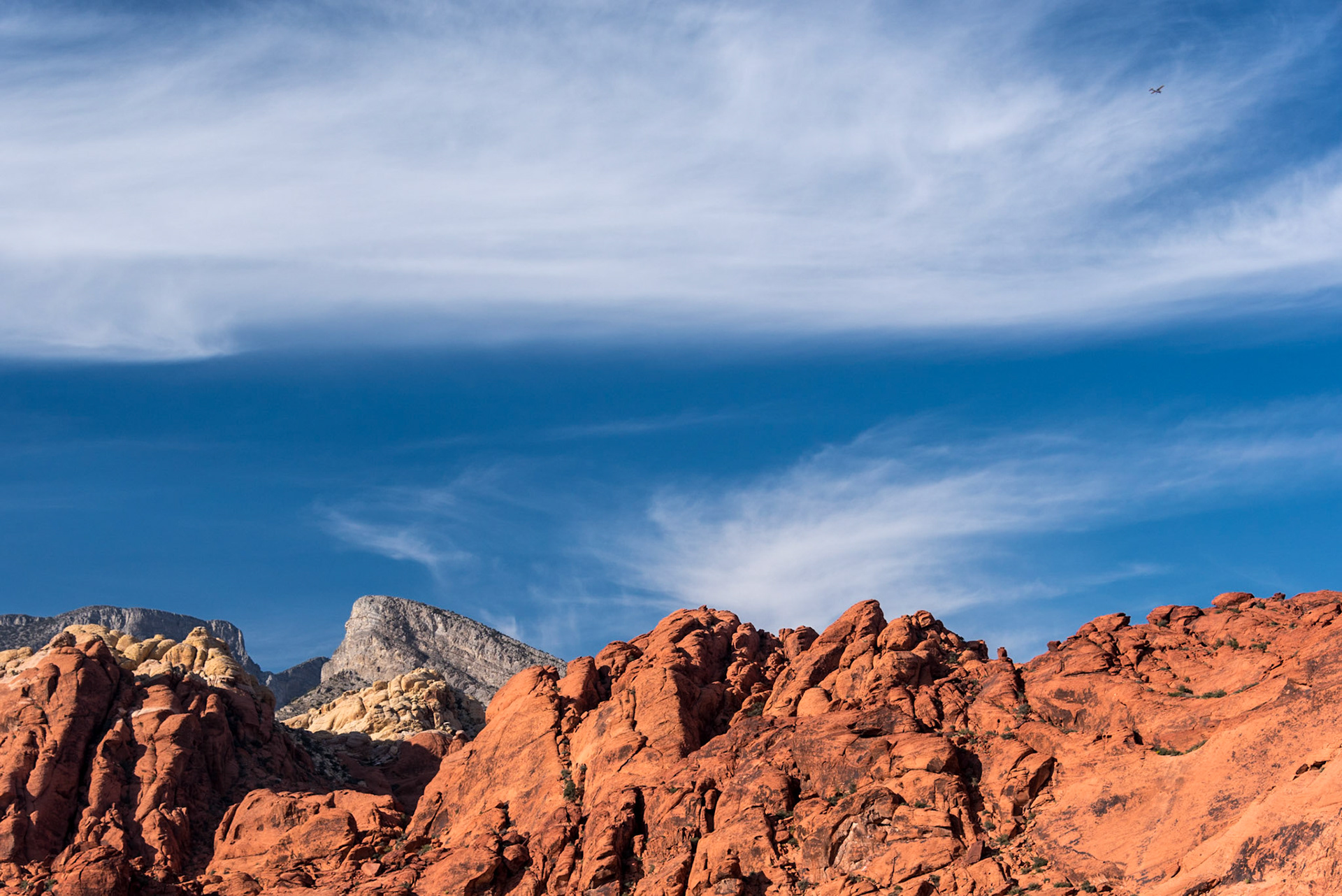

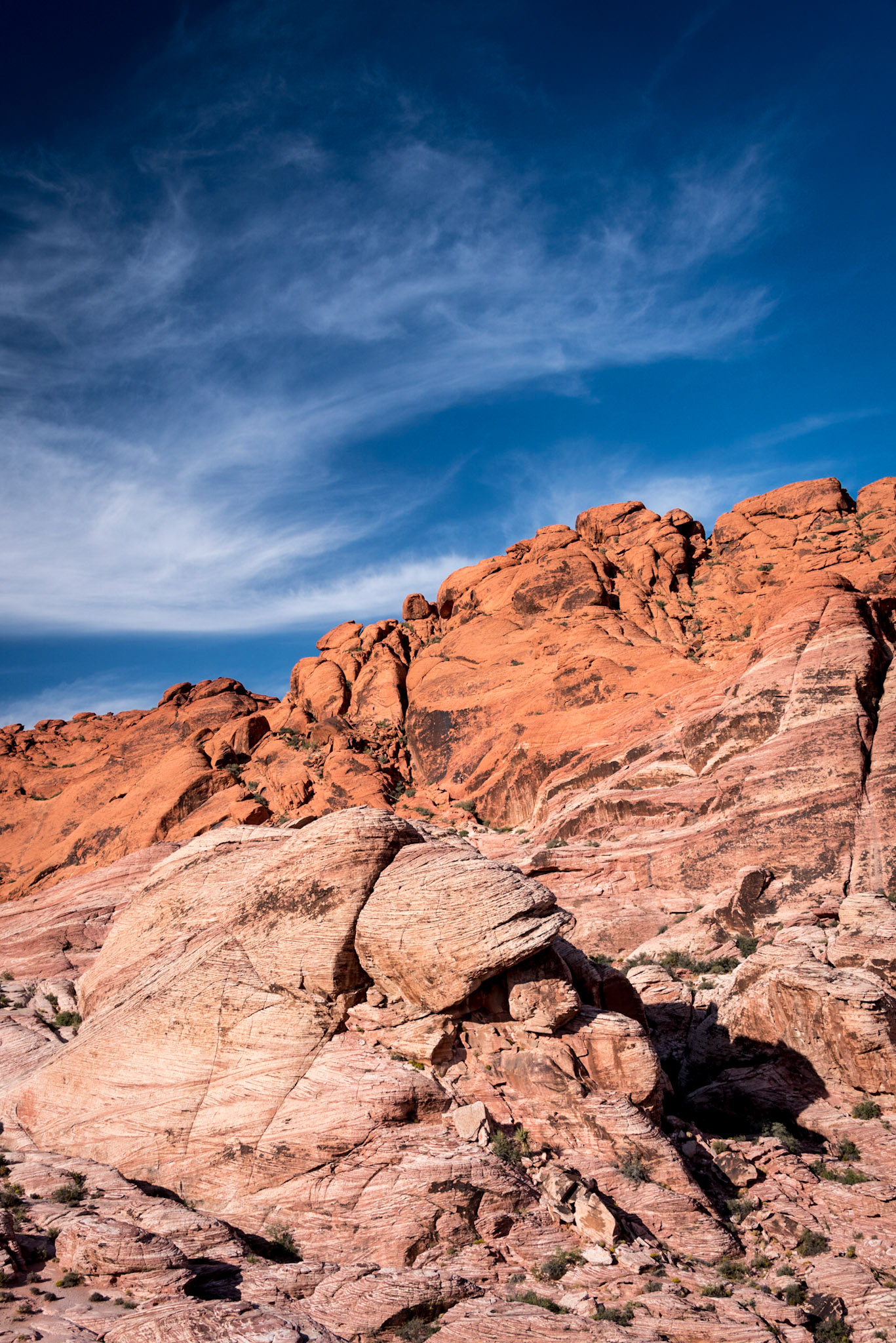

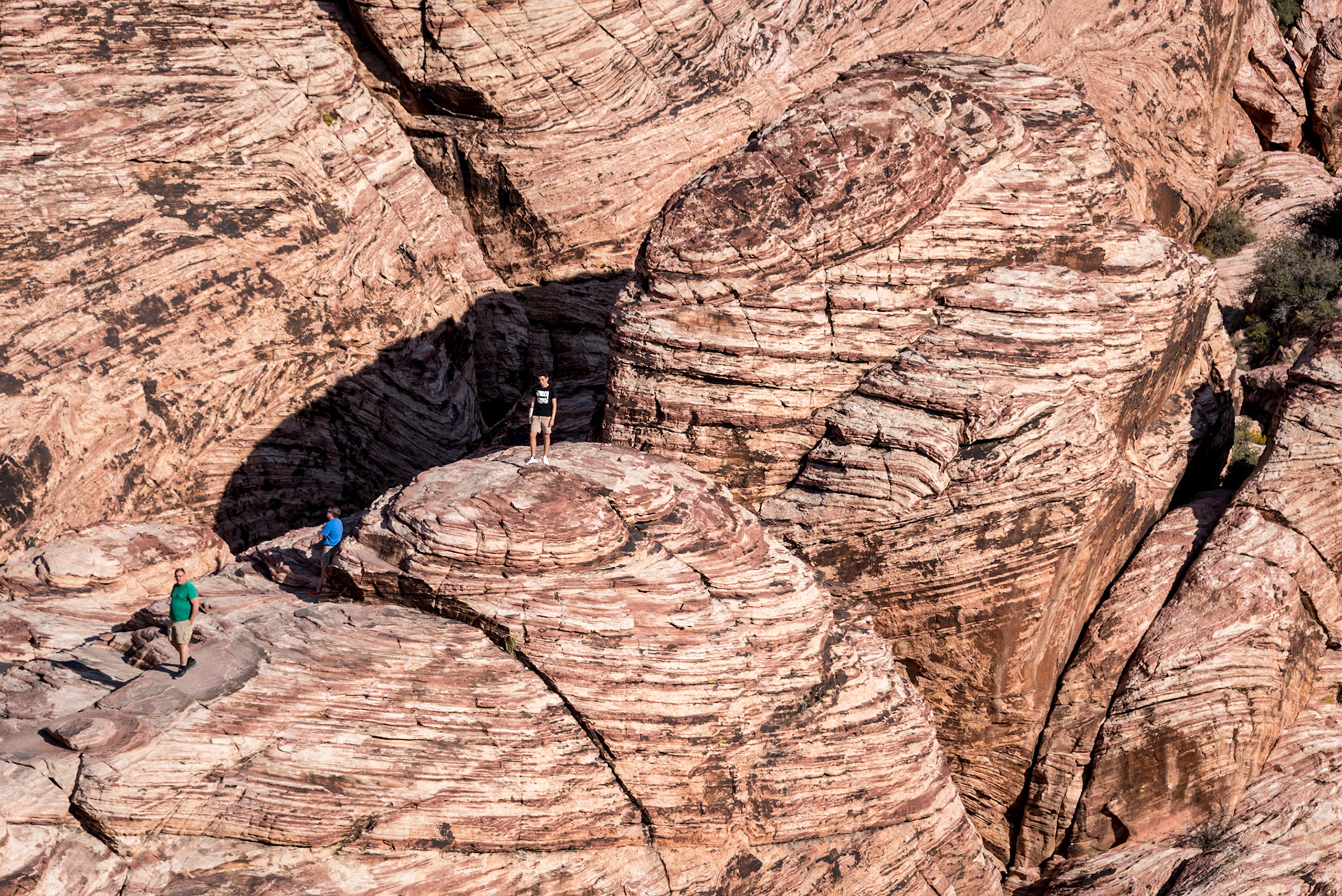
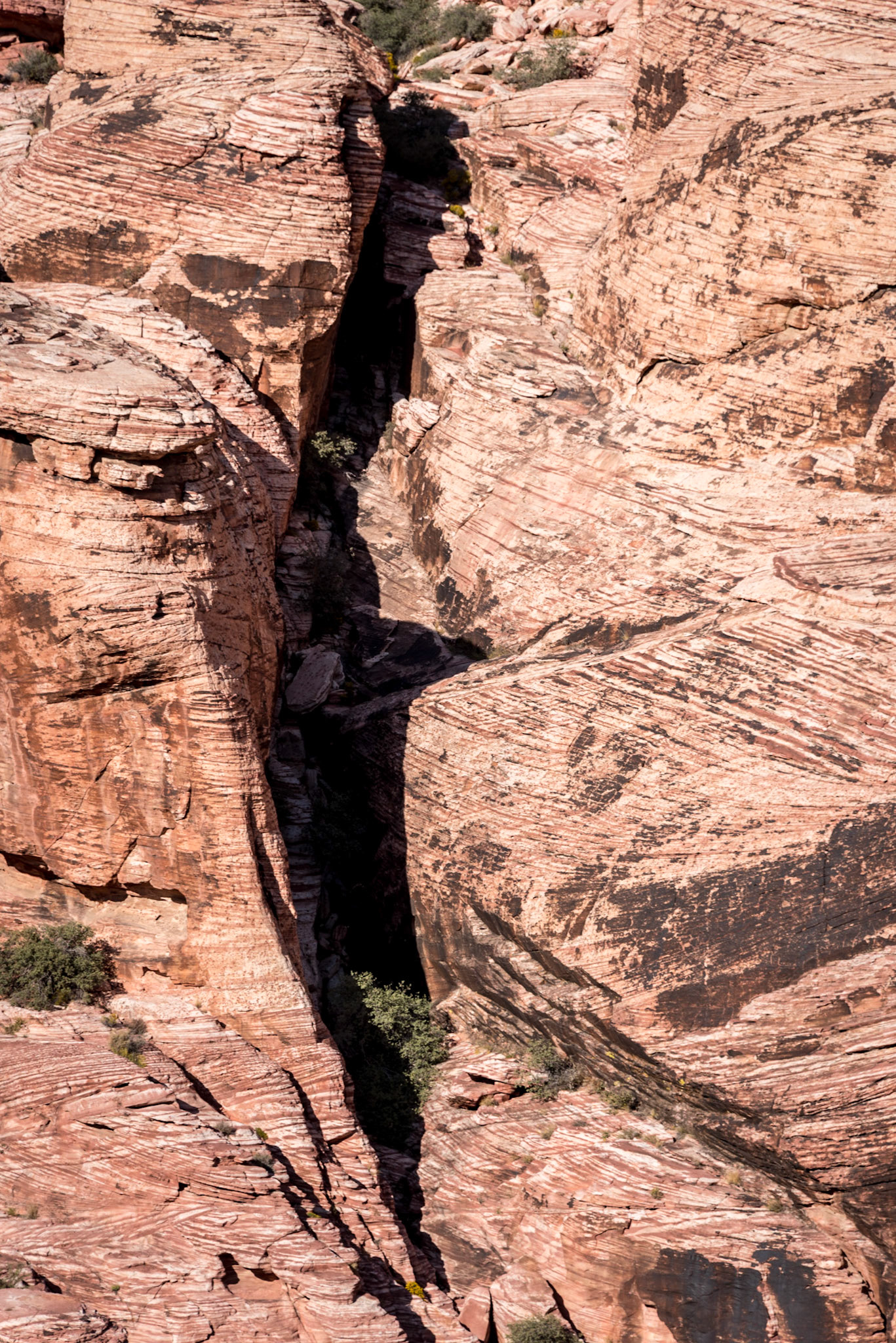

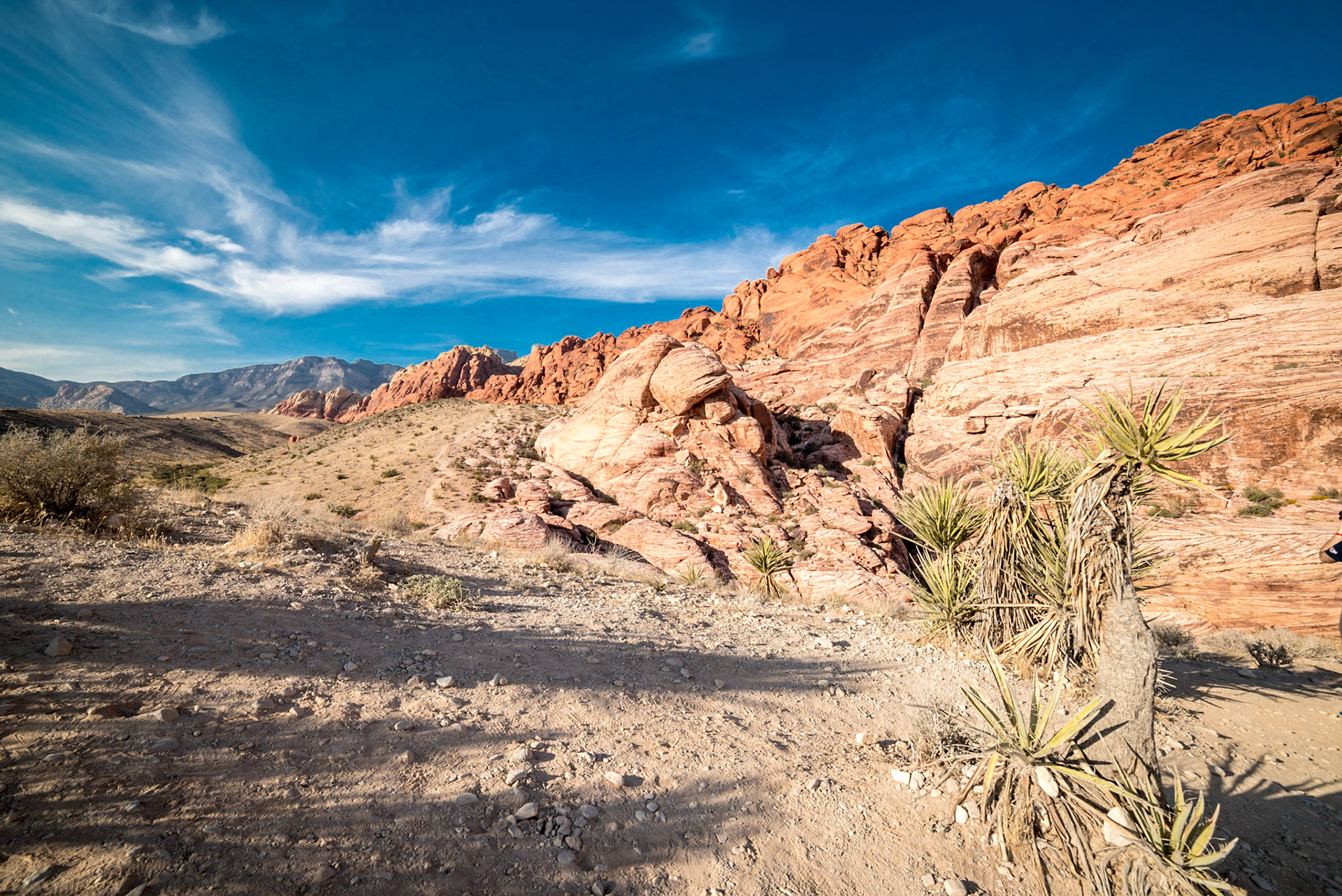
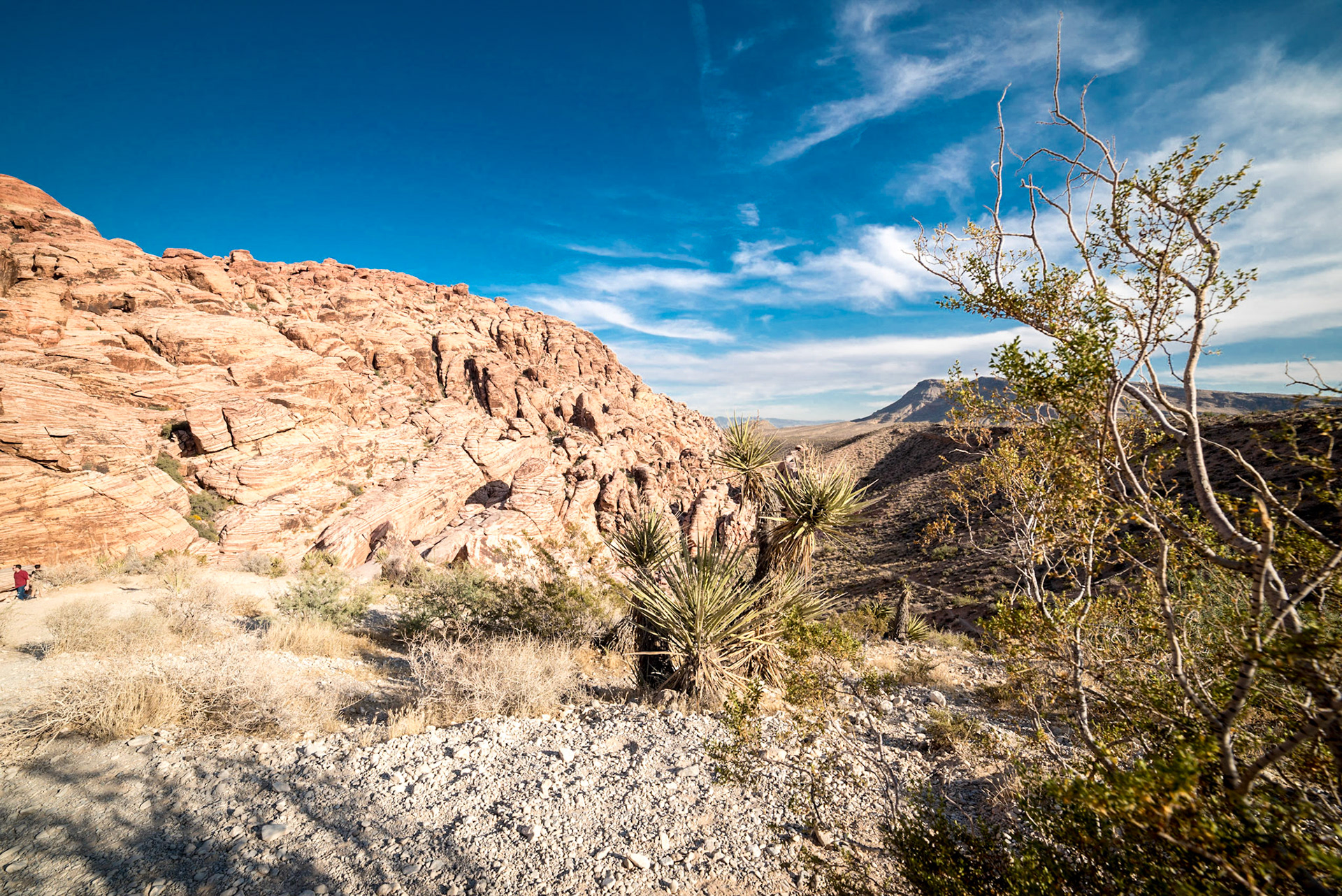
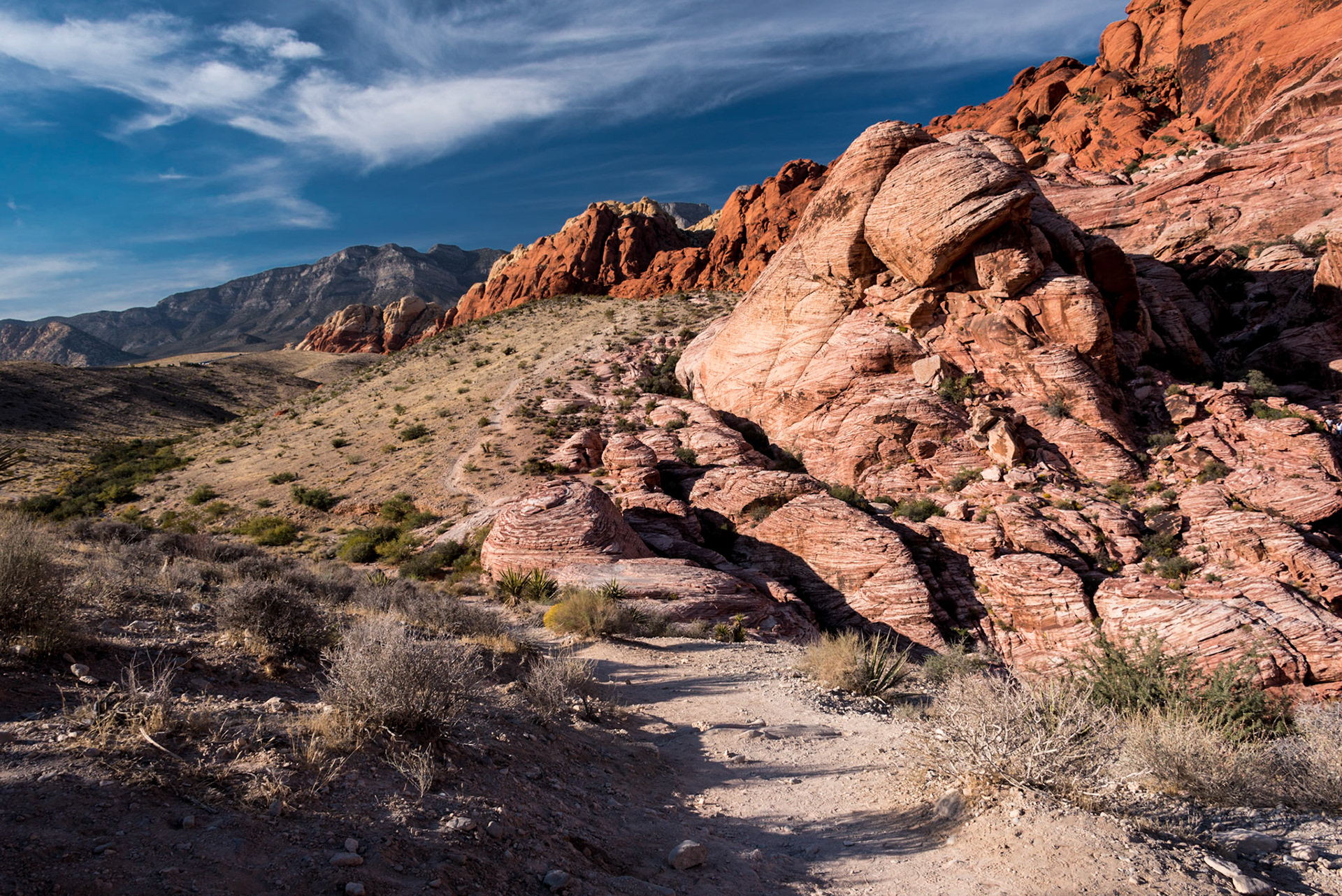
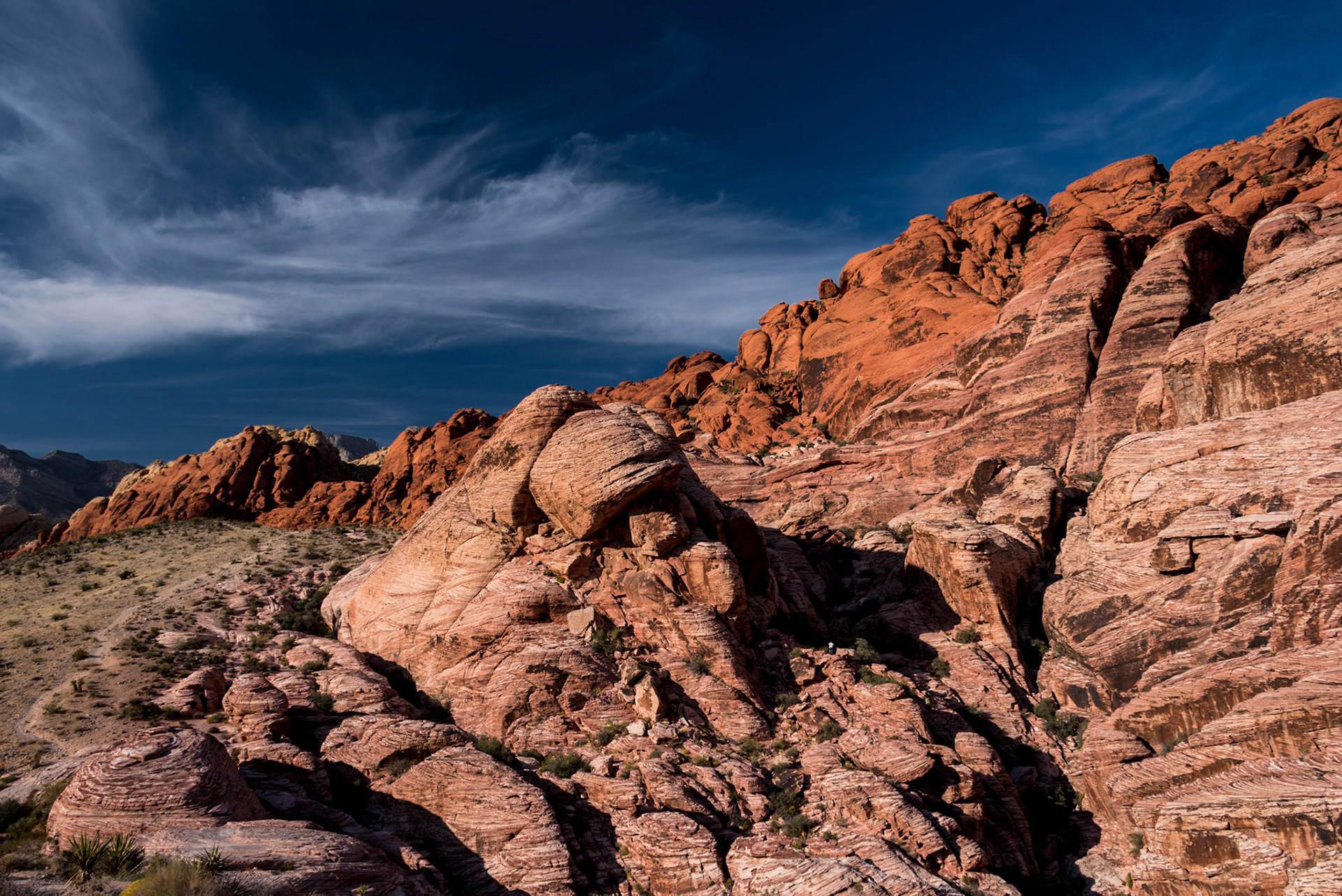
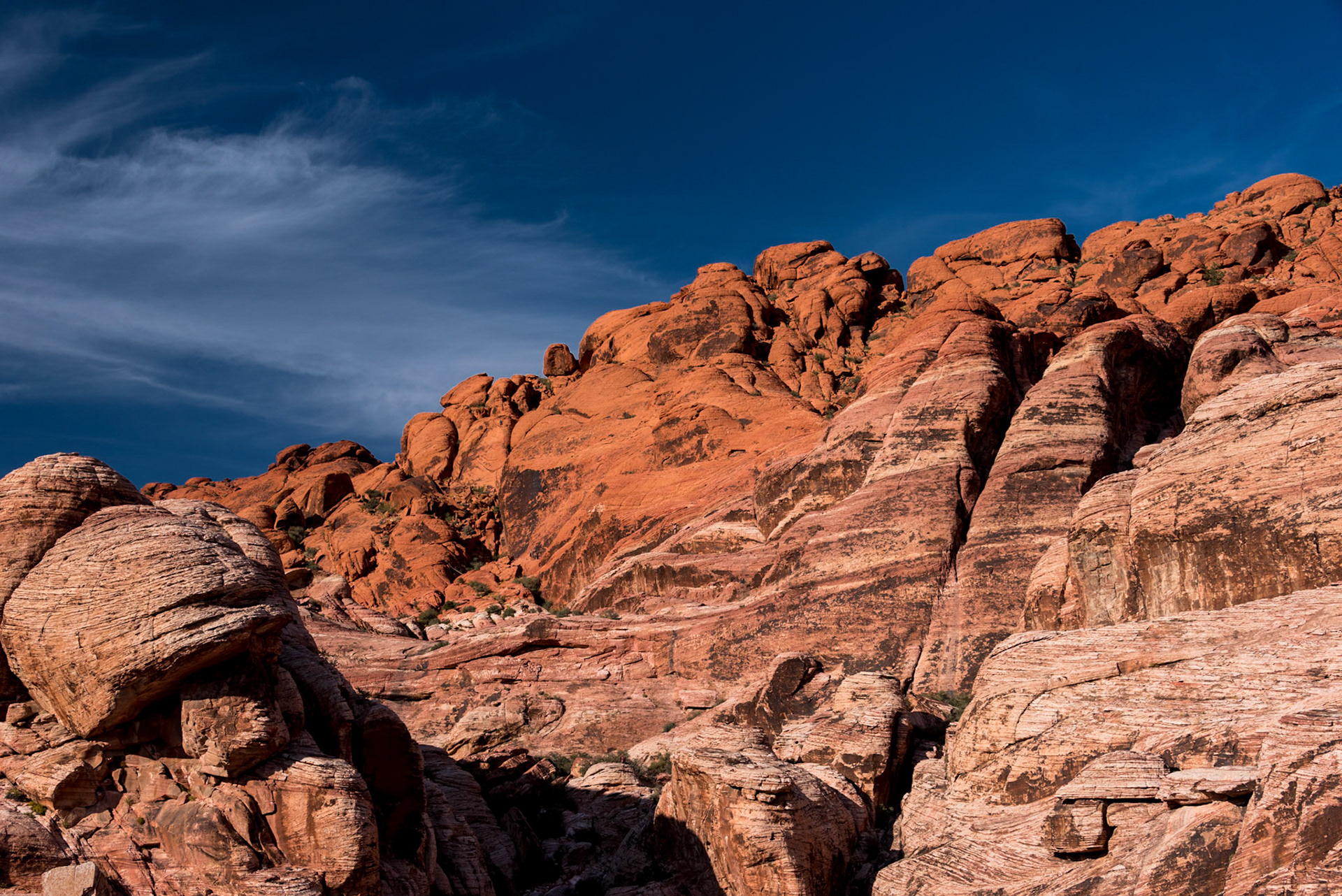
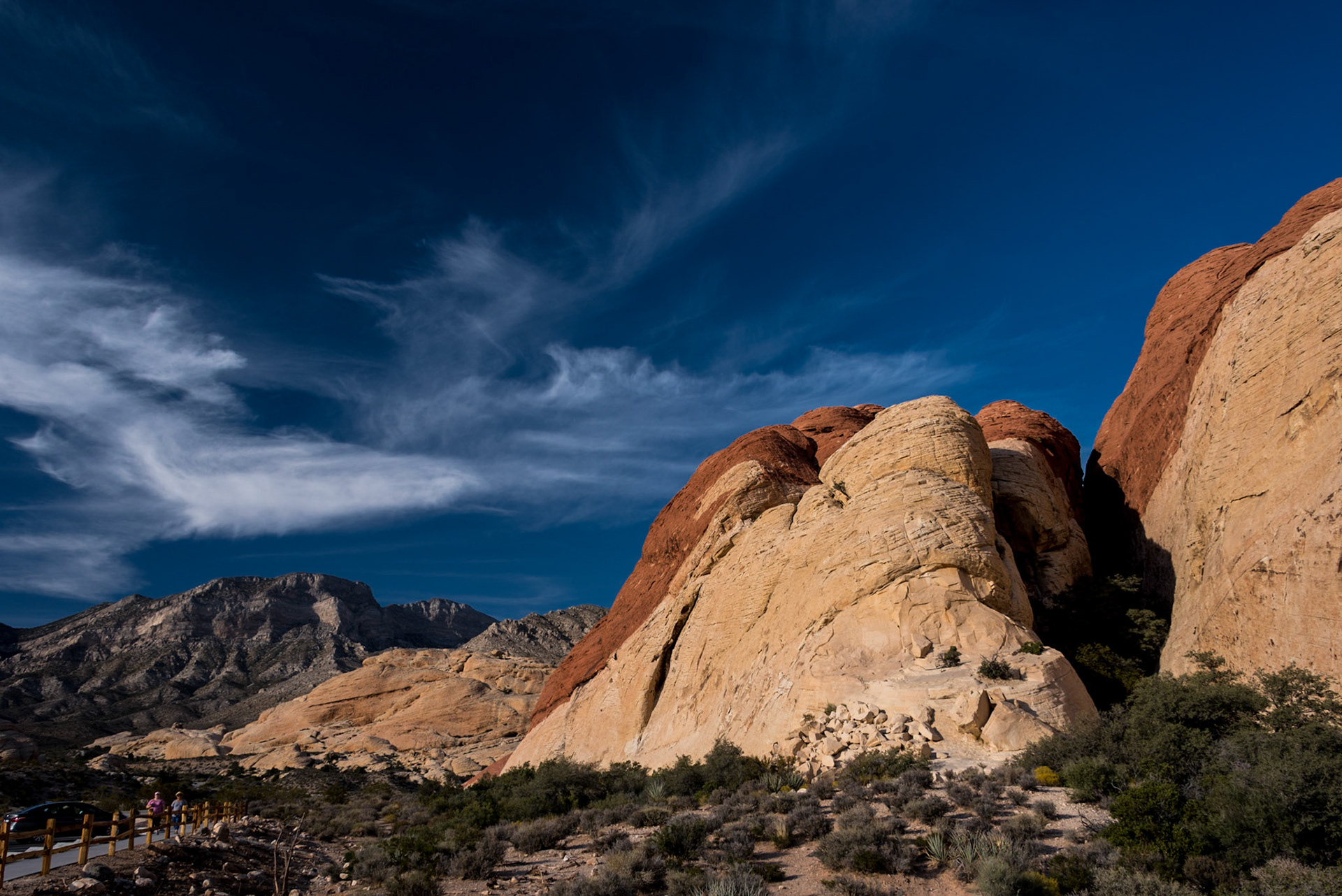
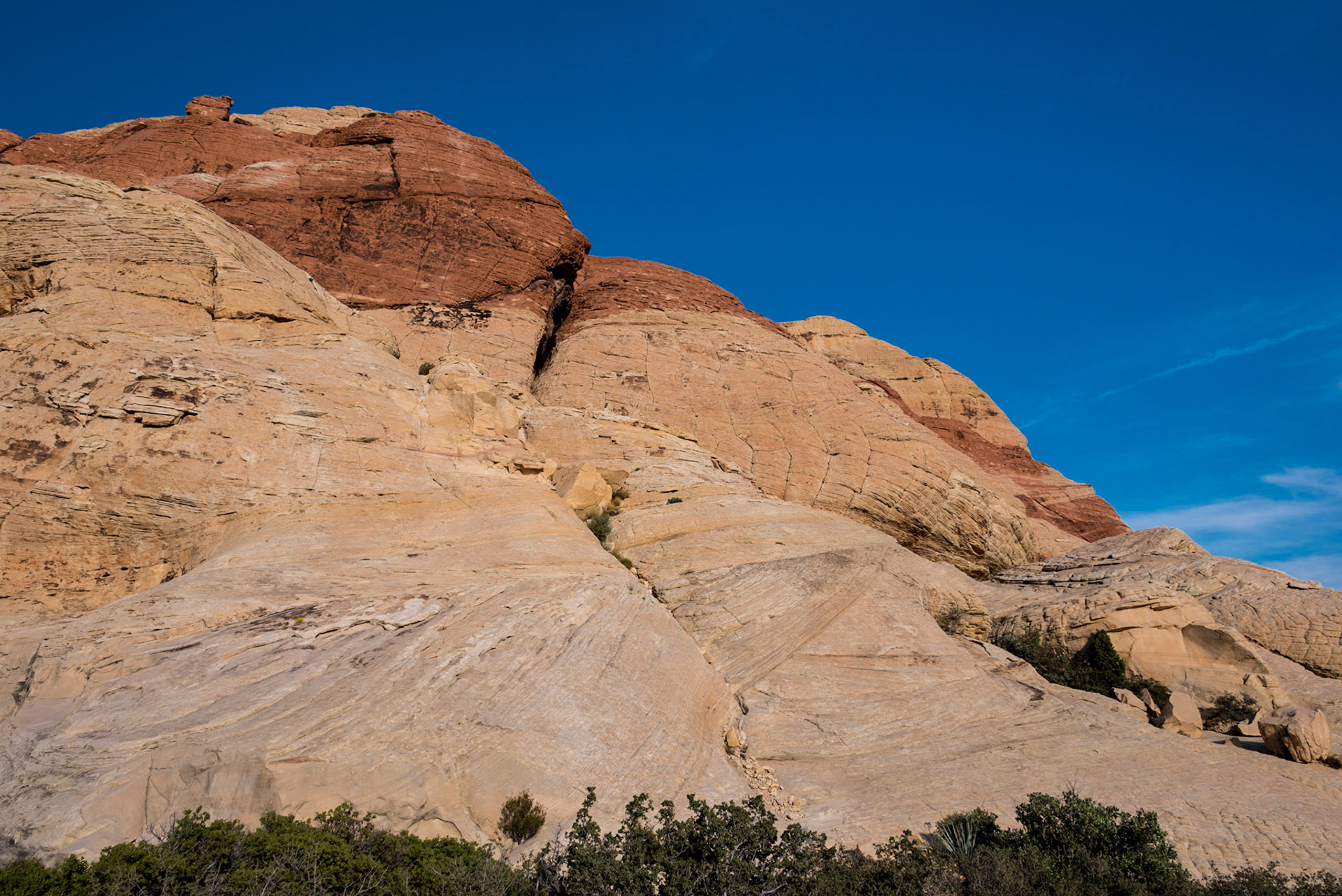
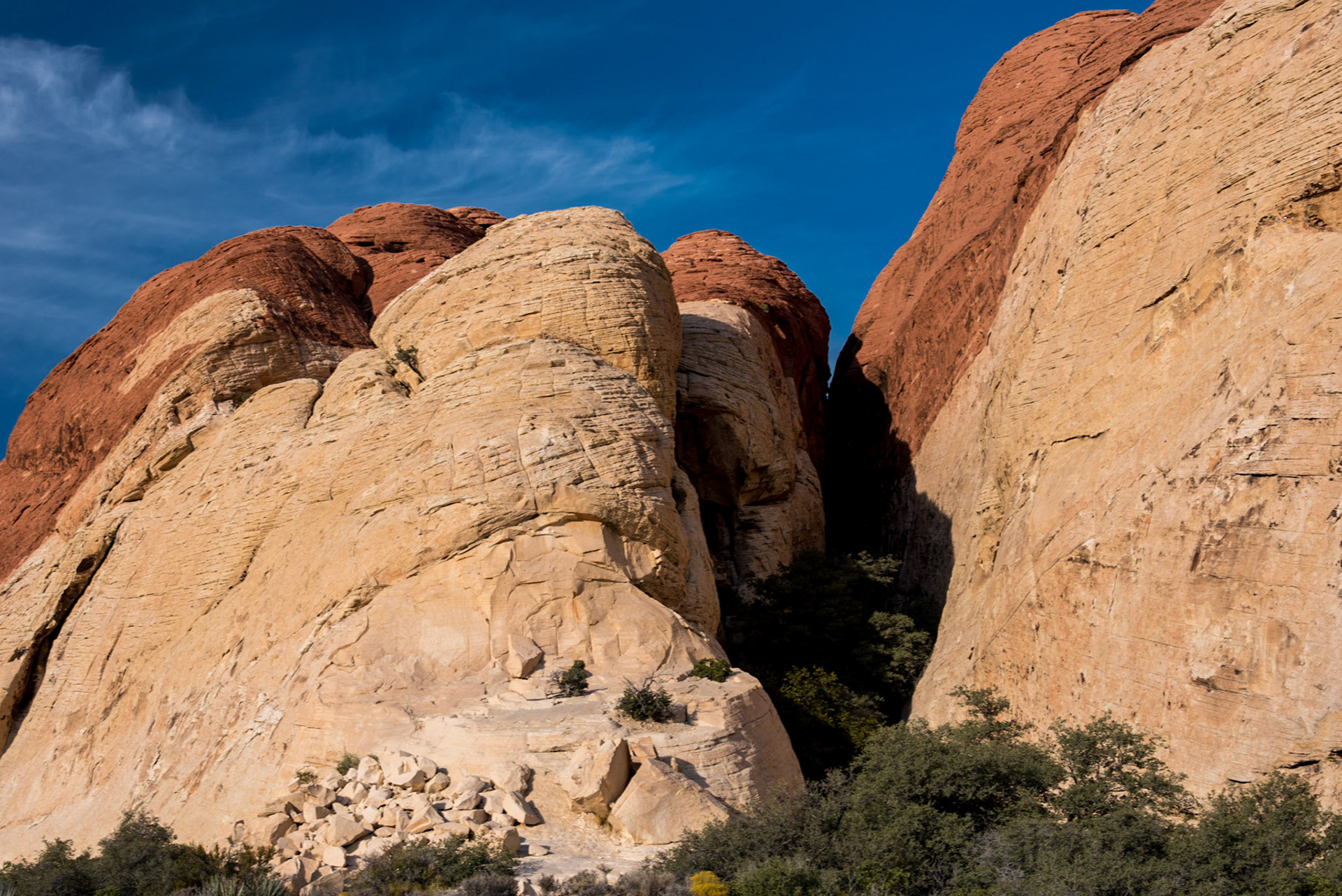
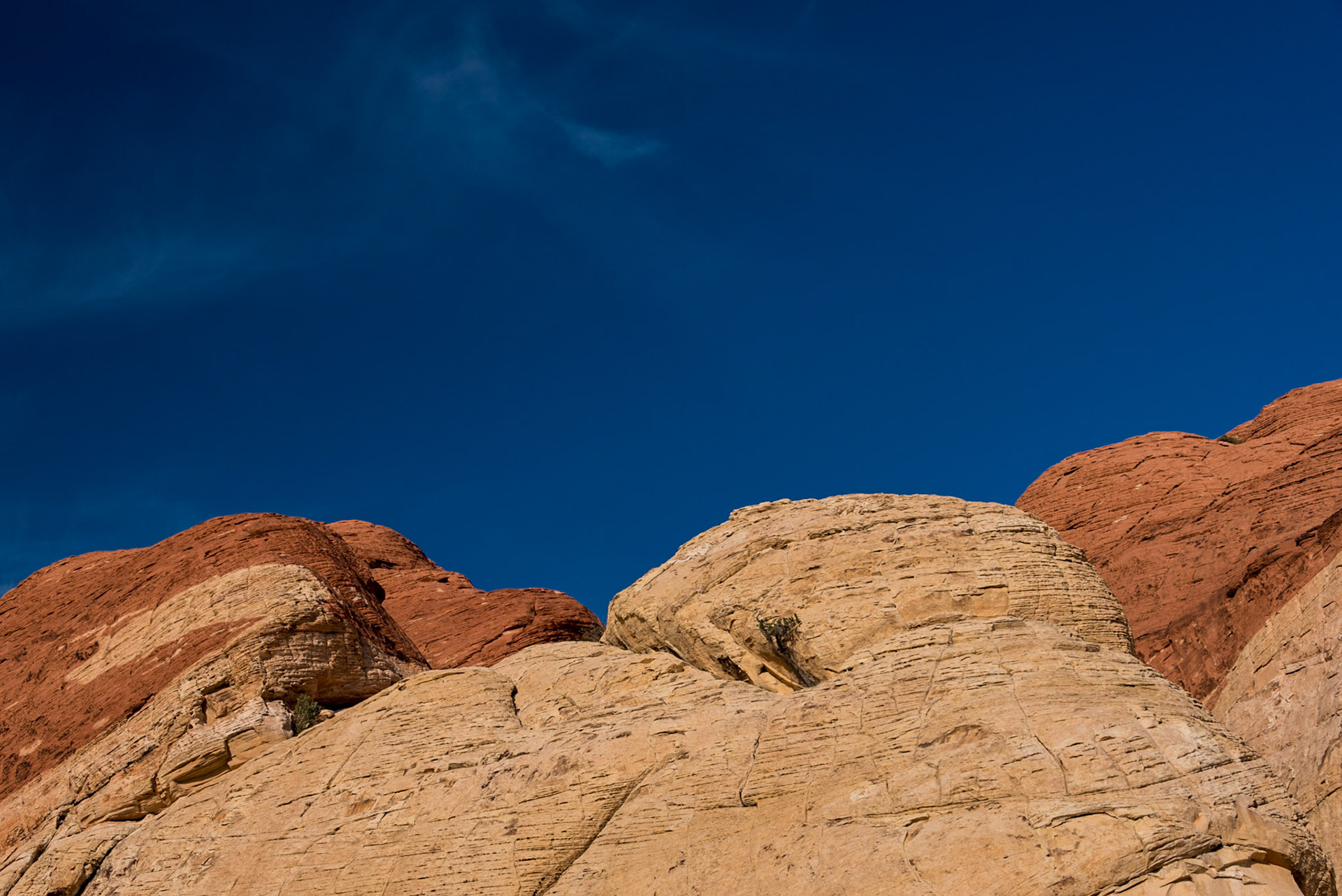
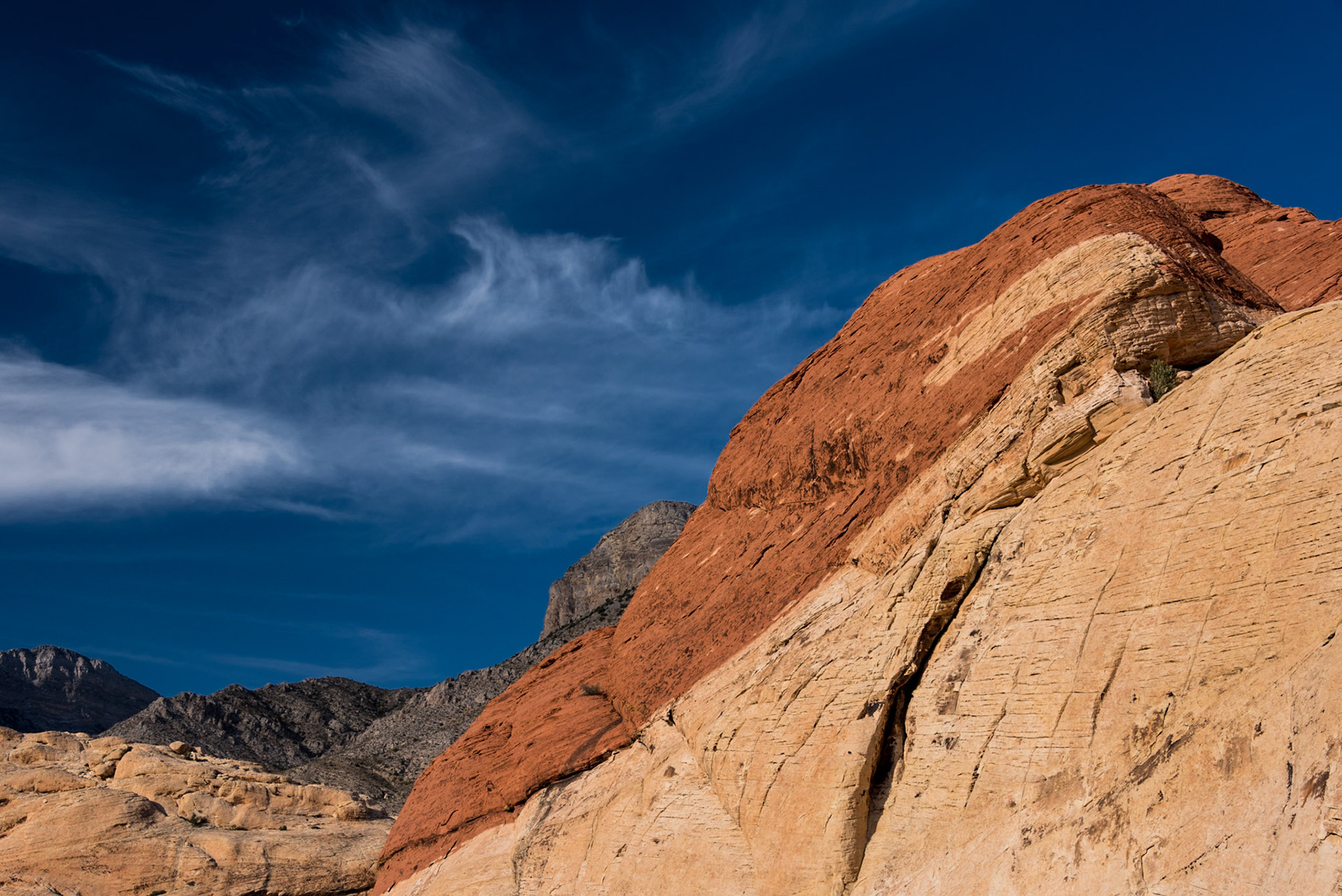
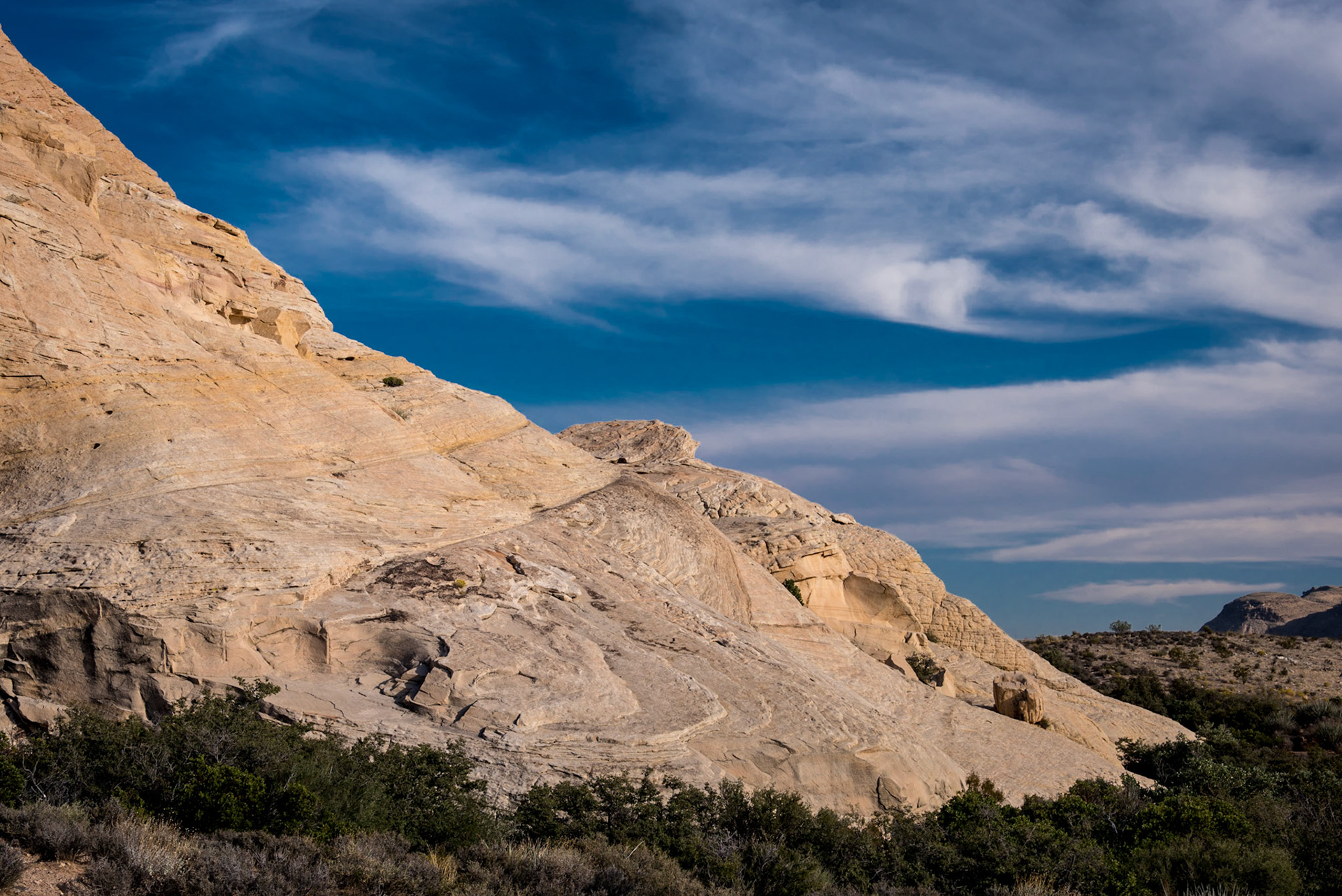
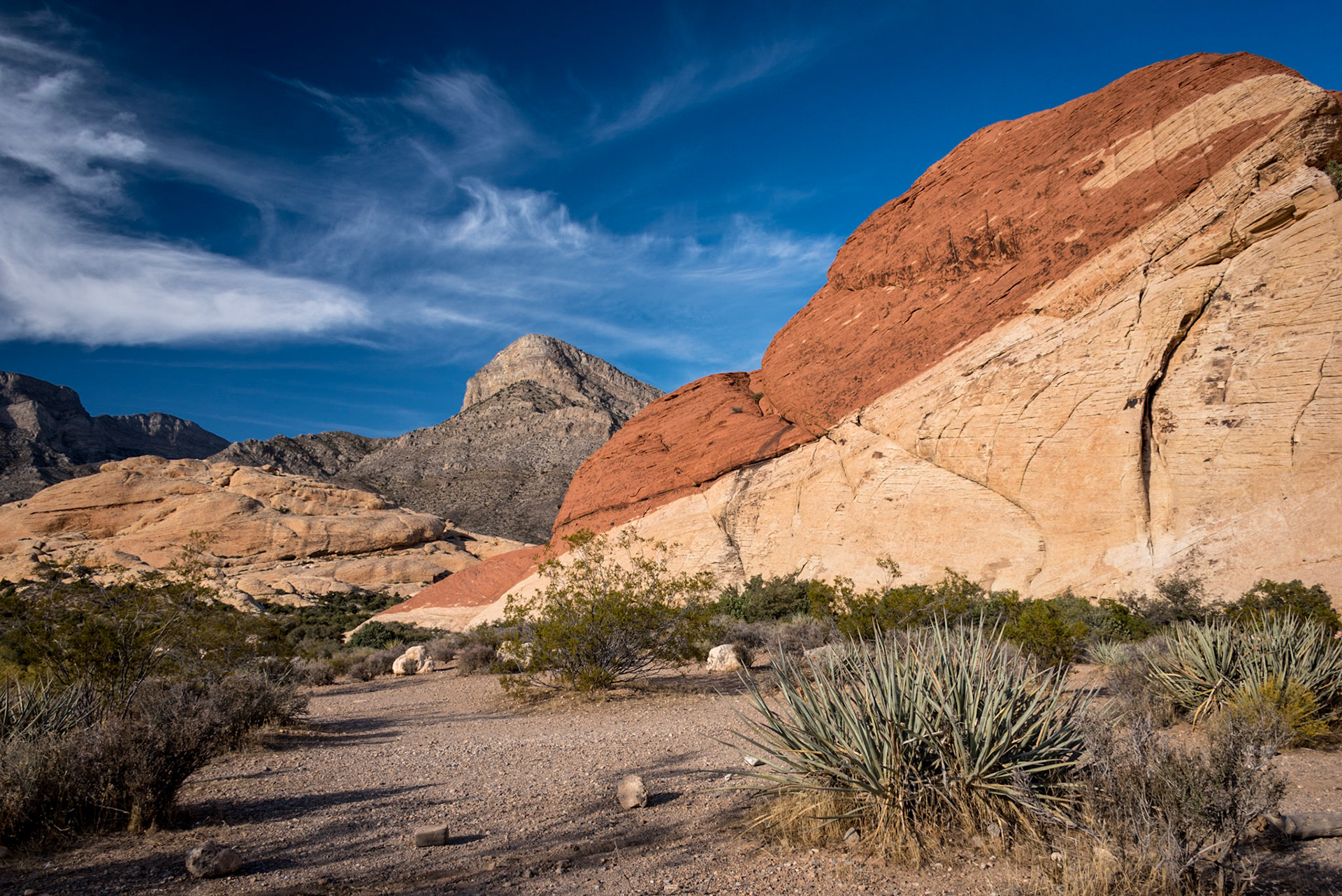
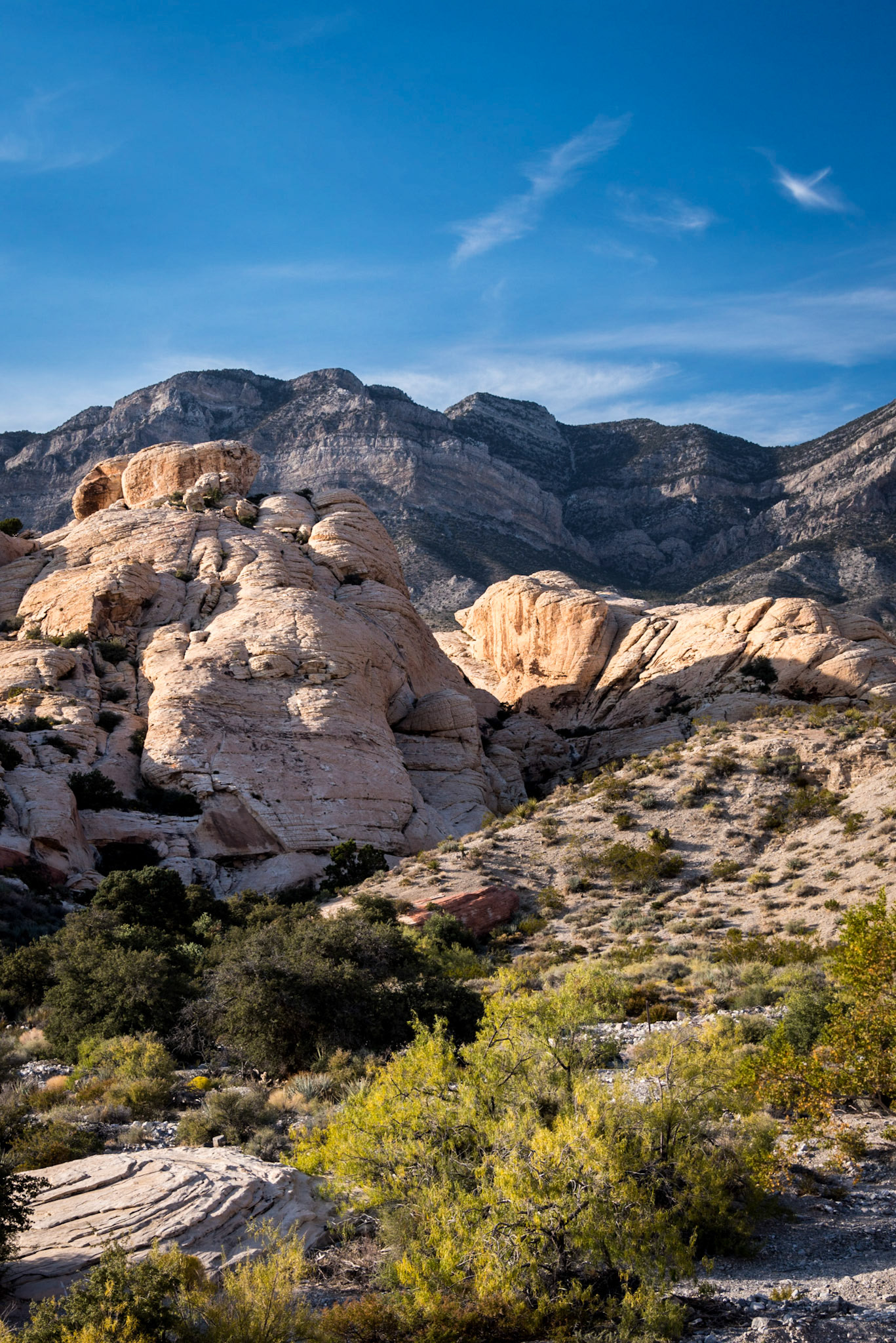
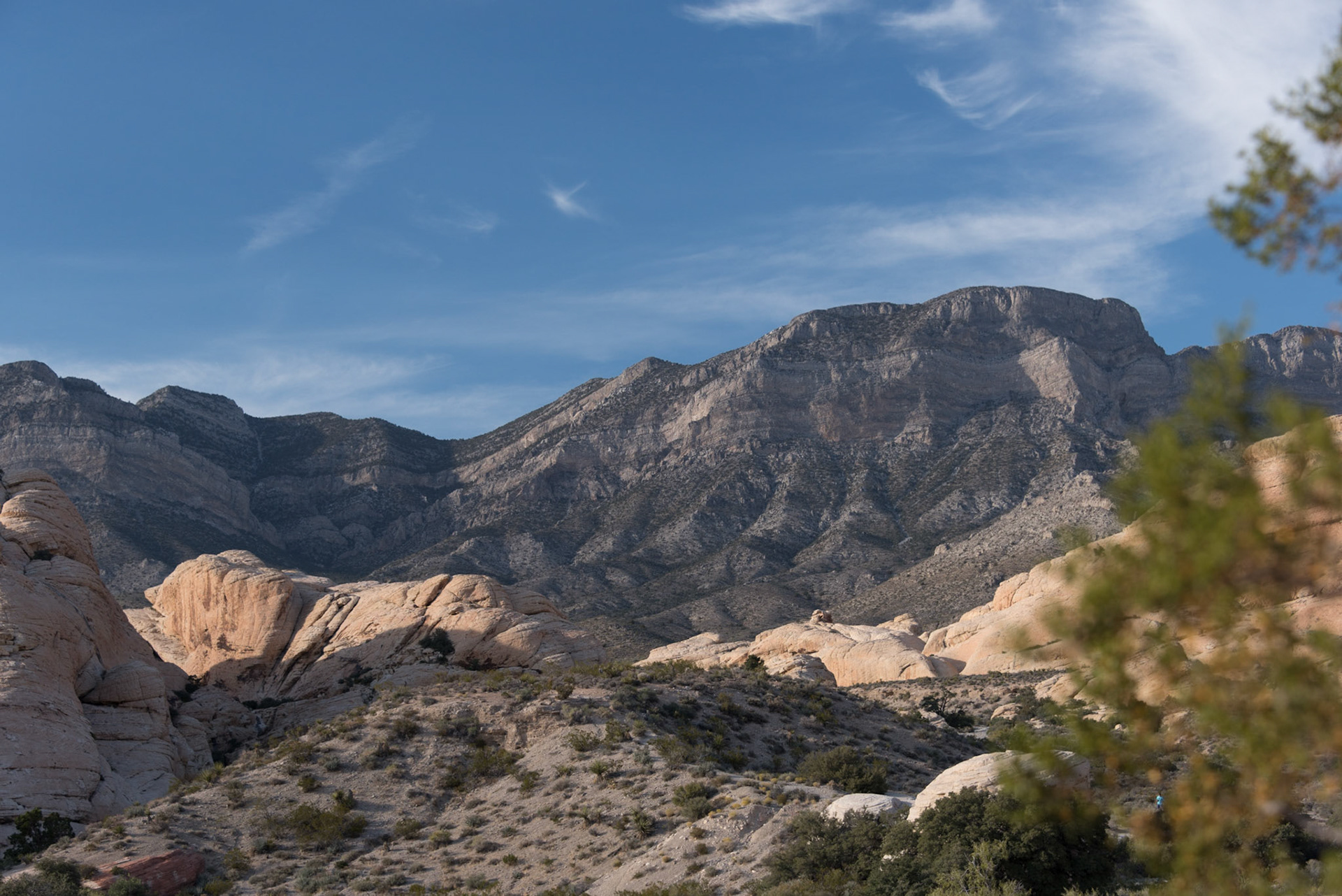

Technical Notes:
There was a fair amount of processing in Lightroom for these shots, with the exception of the last two images, which I left pretty much alone for comparison sake. Pumping up Clarity and the Saturation for blue, orange/red was important to add drama to these images. This kind of control with Raw images allowed me to truly show what I saw and experienced, without making the images appear contrived or unnatural.
While you are seeing this project in Behance, I built the entire project using the new feature in Adobe Portfolio to create a page (Or Behance Project) from a synced Lightroom collection. It makes the process of building project pages incredibly simple, while still remaining flexible. I can add other images one at a time and edit the auto-generated photo grid to showcase the work the way I want to see it. Once the page is published in Adobe Portfolio, I'm given the option to share it directly with Behance! Easy-peasy! If you've not tried this workflow yet, I encourage you to give it a shot (pardon the pun).
You can check out the Adobe Portfolio version at this link.